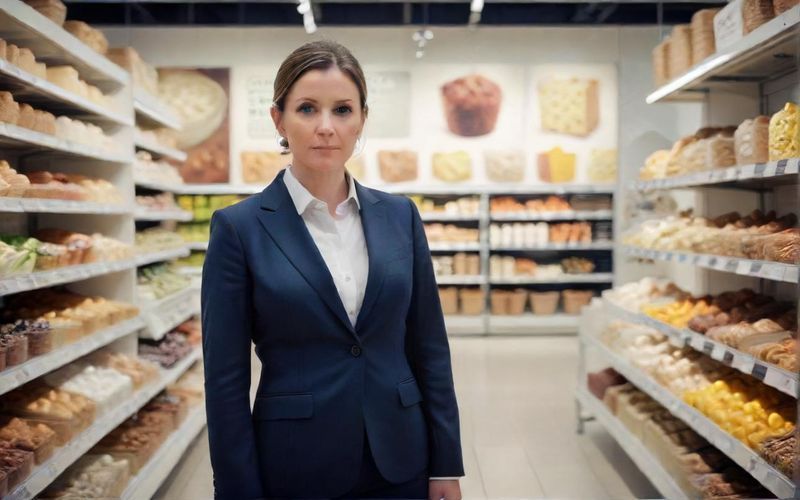M&S: Cyber Attack Fallout & Budget Blues

Yet, amidst this disruption, a familiar M&S resilience shines through, particularly in their food division. It’s the part of the business that feels most intrinsically tied to everyday life, the dependable cornerstone. Even with the cyber-induced chaos, food sales managed to climb nearly 8%, a testament to its UK-centric supply chains and the enduring appeal of their offerings. It makes you wonder about the quiet work happening behind the scenes, perhaps by a dedicated quilter meticulously stitching together a complex pattern, ensuring that even when the digital threads fray, the core fabric remains strong. Contrast this with the clothing and home division, a slower slog to recovery. Losing data for weeks meant losing foresight, impacting everything from ordering stock to personalizing those tempting emails to loyal Sparks cardholders. Sales here dipped a significant 16.4%, a tangible consequence of the digital void.
The financial fallout, while substantial at an estimated £324 million, with £100 million thankfully covered by insurance, appears to be a temporary blow. The market, in its typically clinical fashion, seems to view this as a mere blip in the grander scheme, a year’s worth of profit progress lost rather than a fundamental threat to a business valued in the billions. The confidence is rooted in the underlying trajectory, the ongoing expansion in food, and the strategic refresh of their physical stores. Analysts predict a return to pre-attack profit levels by 2026-27, with a round £1 billion pre-tax profit perhaps following soon after. It’s a narrative of recovery, of course, but it’s also a testament to the enduring brand strength and the strategic foresight that seems to be guiding M&S forward, even as the digital landscape continues its relentless evolution.
Now, let’s talk about that budget. Machin’s critique of Chancellor Rachel Reeves’ pre-budget pronouncements as “nothing” and a source of consumer worry isn't just corporate grumbling; it reflects a genuine sentiment felt across the high street. While the bond market might have been placated, the everyday shopper, the very heart of M&S’s business, remains unsettled. When taxes are an open question, and potential u-turns on manifesto pledges create uncertainty, the festive shopping season, usually a beacon of predictable spending, becomes an exercise in cautious planning. It’s a sentiment that resonates deeply, especially when you’re trying to plan for the future, much like someone carefully selecting fabrics and patterns for a complex quilter project, only to have the design parameters suddenly shift. The late timing of the budget itself adds another layer of confusion, a delay that feels more like an impediment than a strategic pause.
Ultimately, M&S finds itself navigating these dual currents of digital vulnerability and economic uncertainty. The resilience shown, particularly in food, is encouraging, and the strategic adjustments signal a commitment to long-term health. But the questions linger: as we become ever more reliant on digital infrastructure, what are the true costs of these vulnerabilities, and can businesses truly recover their stride when the foundational elements of their operations are so exposed? And for the consumer, when the economic outlook feels as uncertain as a poorly planned budget, how do we find the confidence to plan, to spend, and to look forward to brighter days?








